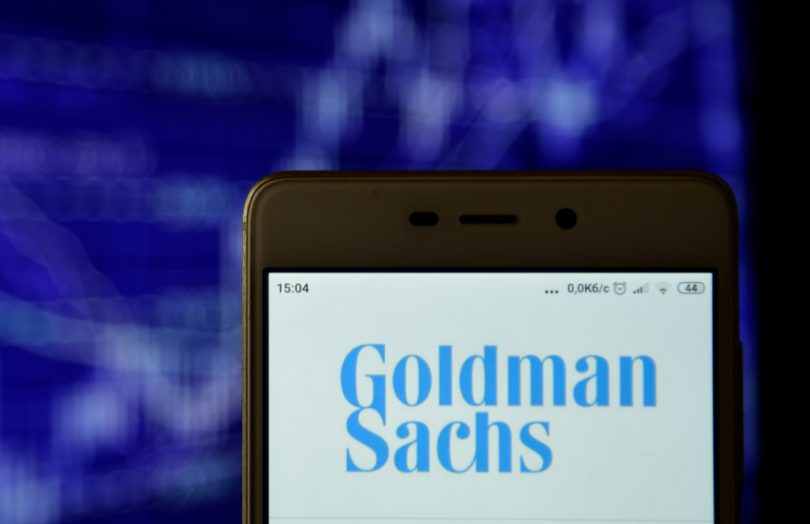Earlier this week, it was announced that Goldman Sachs would adopt Digital Asset’s DAML smart contract language for its tokenization efforts. Today during the Hong Kong Fintech Week, Goldman Sachs’ Head of Digital Assets Mathew McDermott described tokenization as a “vast commercial opportunity” and shared a few more hints about what the bank is working on.
He mentioned how the buzz around cryptocurrencies had spurred interest in tokenizing other assets.
“For a lot of institutions looking to invest in cryptocurrencies, be it as an investment tool or as an on-balance sheet liquidity holder, it is still probably a little step too far,” said McDermott. “But then (they’re) looking at that underlying technology and how that really can transform the way that certain businesses (operate).”
McDermott spoke of the potential for tokenization to reduce counterparty risks, improve settlement efficiencies as well as operational benefits (less reconciliation) and improved liquidity.
The initiatives he was willing to talk about directly included the European Investment Bank’s (EIB) digital native bond issued on the Ethereum blockchain earlier this year. In that case, Goldman was joint lead manager with Societe Generale (the solution provider for the project) and Santander.
That was a digitally native asset, but in terms of tokenizing existing assets, another initiative mentioned was Goldman joining JP Morgan’s intraday repo platform. There are two blockchain-based intraday repo solutions. The other is from Broadridge, which uses DAML and is a Digital Asset investor.
However, McDermott is a fan of issuing native tokens such as the EIB bond because of the potential for programmability. There will be more to come on the bond issuance side. As part of a research project for cross border CBDC usage (the MBridge project), Goldman Sachs is working on developing a bond issuance platform.
And he dropped a few hints around application areas, mentioning repo and securities finance. On the latter point, Goldman was an early adopter of HQLAX, the blockchain-based collateral management platform. He also mentioned asset management and the tokenization of fund units.
During the talk, McDermott made two sets of predictions. One was that it would be a year or two before we see the adoption of tokenization. On a five year timescale, he described “tokenization solutions which are interoperable across multiple blockchain technologies, thinking public and private with digital cash ubiquitous on-chain.”
That touches on one of the motivations for adopting DAML. Until last year, DAML was known for being a smart contract language that could function on top of multiple different blockchain flavors. But it used that capability to enable smart contracts to work across blockchains in an interoperable way. The second reason for Goldman adopting DAML is that market operators are doing so, including the ASX, HKEX, Deutsche Boerse and Bursa Malaysia, as well as participants such as BNP Paribas Securities Services.







